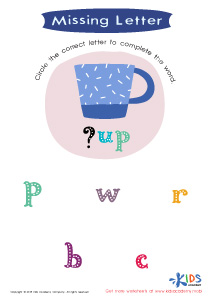Visual discrimination skills Kindergarten Alphabet Worksheets
5 filtered results
-
From - To
Boost your child's visual discrimination skills with our engaging Kindergarten Alphabet Worksheets! Designed specifically for young learners, these worksheets help kids differentiate between letters and identify unique features, enhancing their recognition abilities. Through fun activities, students will practice distinguishing similar letters and developing essential skills needed for reading and writing. Our easy-to-follow worksheets make learning enjoyable while building confidence in recognizing the alphabet. Ideal for classroom use or at-home education, these resources foster a strong foundation in literacy. Elevate your child's learning experience today with our comprehensive collection of visual discrimination activities focused on the alphabet!
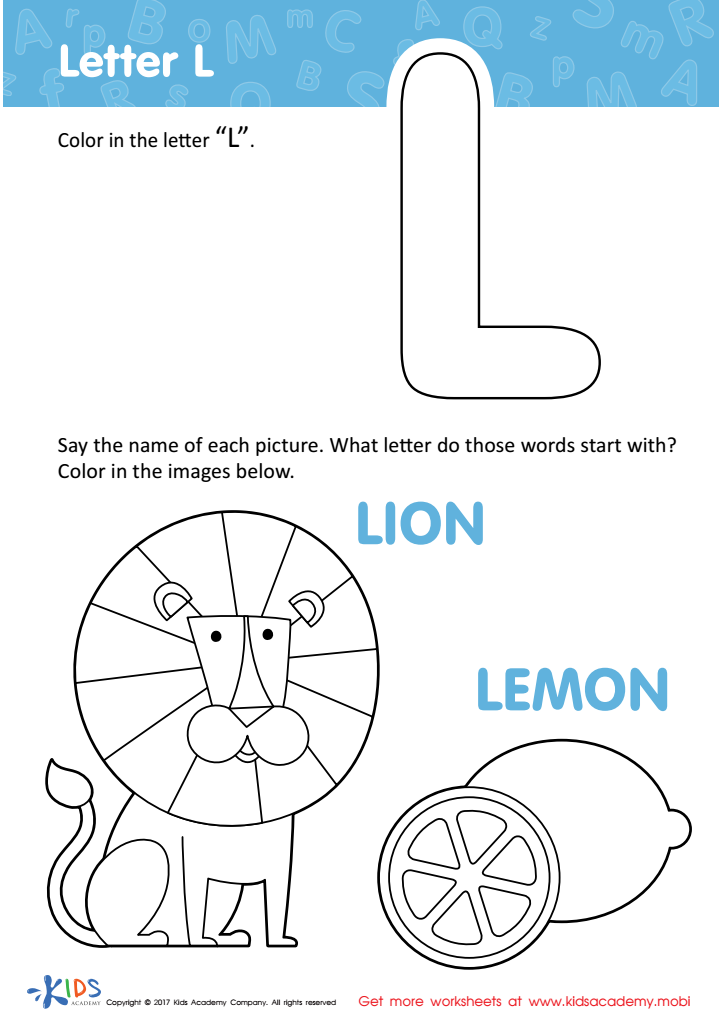

Letter L Coloring Sheet


Find Uppercase Letters A, B, and C Worksheet
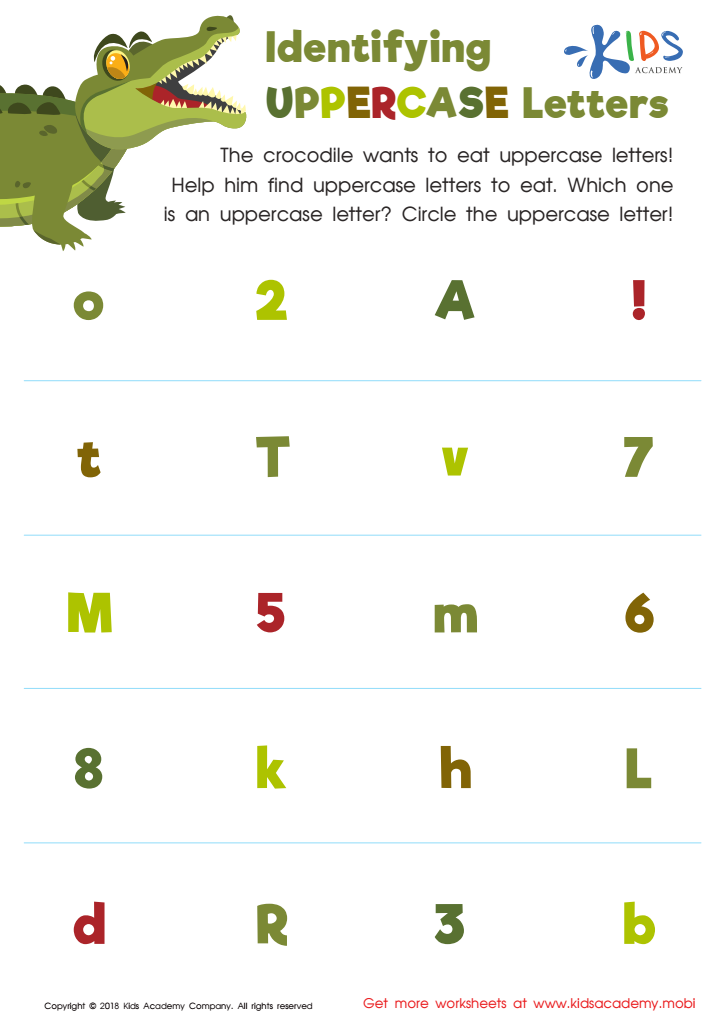

Identifying Uppercase Letters Worksheet
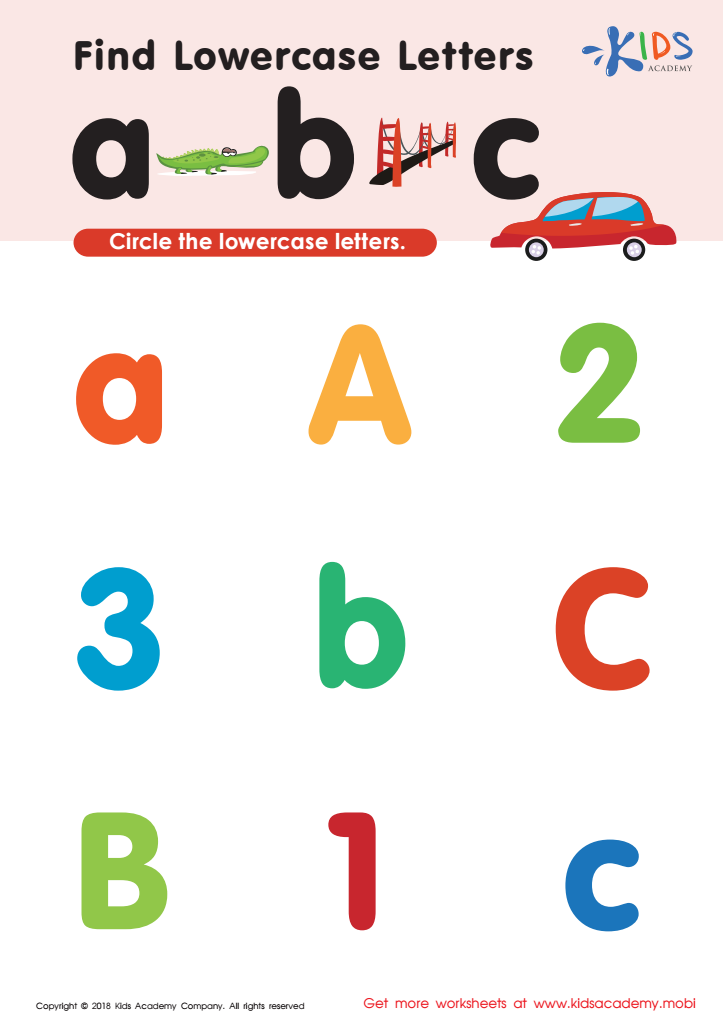

Find lowercase letters a b c Worksheet
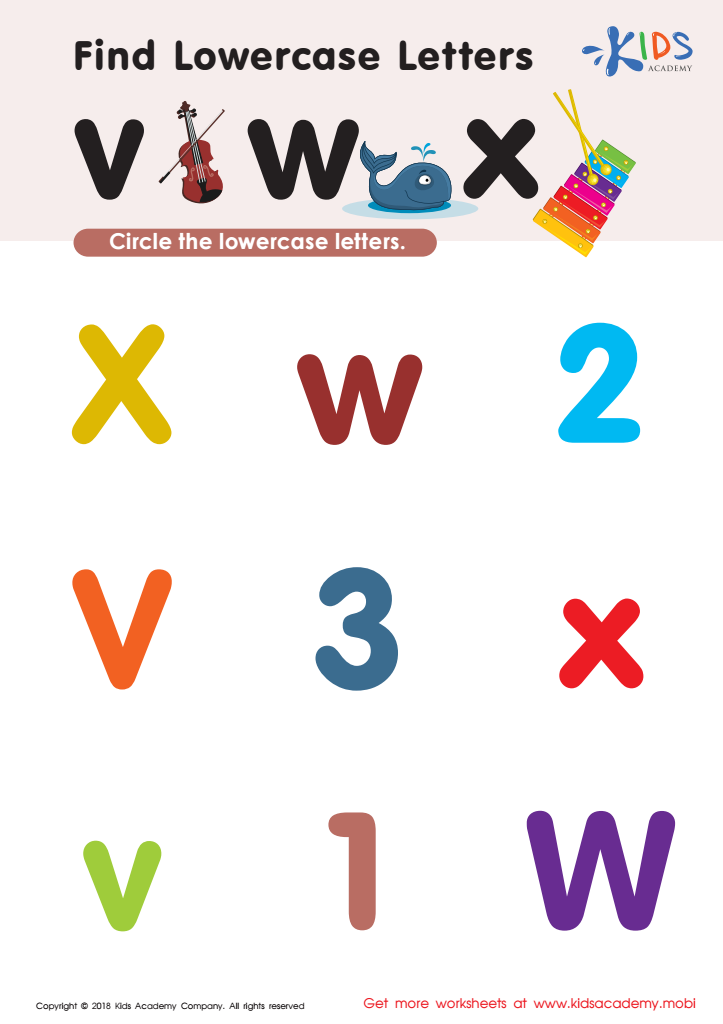

Find Lowercase Letters v w x Worksheet
Visual discrimination skills are crucial for kindergarteners, particularly when learning the alphabet. These skills refer to the ability to notice similarities and differences in shapes, sizes, colors, and patterns. For young children, being able to distinguish between different letters and their orientations directly impacts their reading and writing abilities.
When children can visually discriminate letters, they are more likely to successfully recognize and write them. This skill not only aids in identifying uppercase and lowercase forms of letters but also helps in understanding sight words, as well as sounding out new words when reading. Misreading letters, such as confusing “b” with “d,” can lead to difficulties in reading comprehension and overall literacy.
Parents and teachers should prioritize the development of visual discrimination skills because they lay the foundation for academic success. Engaging children with games and activities that enhance these skills makes learning fun and interactive. Furthermore, as reading is a vital component of overall education, strong visual discrimination fosters confidence and a love for learning. In essence, nurturing these skills in early childhood gives children a better chance of thriving in their future educational journeys.

 Assign to My Students
Assign to My Students












